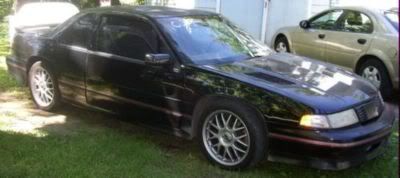I found a powerful on-line calculator of sorts. If you need to cut and weld two pipes together, this software can print out a template that wraps around the pipe to mark your guides.
link
Good for any degree 10-90. Input the diameter, even supports pipes of two different sizes. Also lateral offset values.
Easy template creation for any pipe angle imaginable.
This is perfect for my application. Welding in a custom turbo. Now I can make life soo much easier. The wastegate channel can be introduced to the flow at a good angle to help prevent reversion and other nasty flow turbulences. Even cutting intake aluminum pipe this software will work, for any pipe.
Building your own header collector? This will make a 4-2-1 header design/weld easier.
I believe I will be making my own turbo manifolds now. With steel pipe as thick as 3/16" or even 1/4". Cause using log manifolds presents it's own flow issues when tapping the cross-over pipe.
Hope this software helps
link
Good for any degree 10-90. Input the diameter, even supports pipes of two different sizes. Also lateral offset values.
Easy template creation for any pipe angle imaginable.
This is perfect for my application. Welding in a custom turbo. Now I can make life soo much easier. The wastegate channel can be introduced to the flow at a good angle to help prevent reversion and other nasty flow turbulences. Even cutting intake aluminum pipe this software will work, for any pipe.
Building your own header collector? This will make a 4-2-1 header design/weld easier.
I believe I will be making my own turbo manifolds now. With steel pipe as thick as 3/16" or even 1/4". Cause using log manifolds presents it's own flow issues when tapping the cross-over pipe.
Hope this software helps




Comment